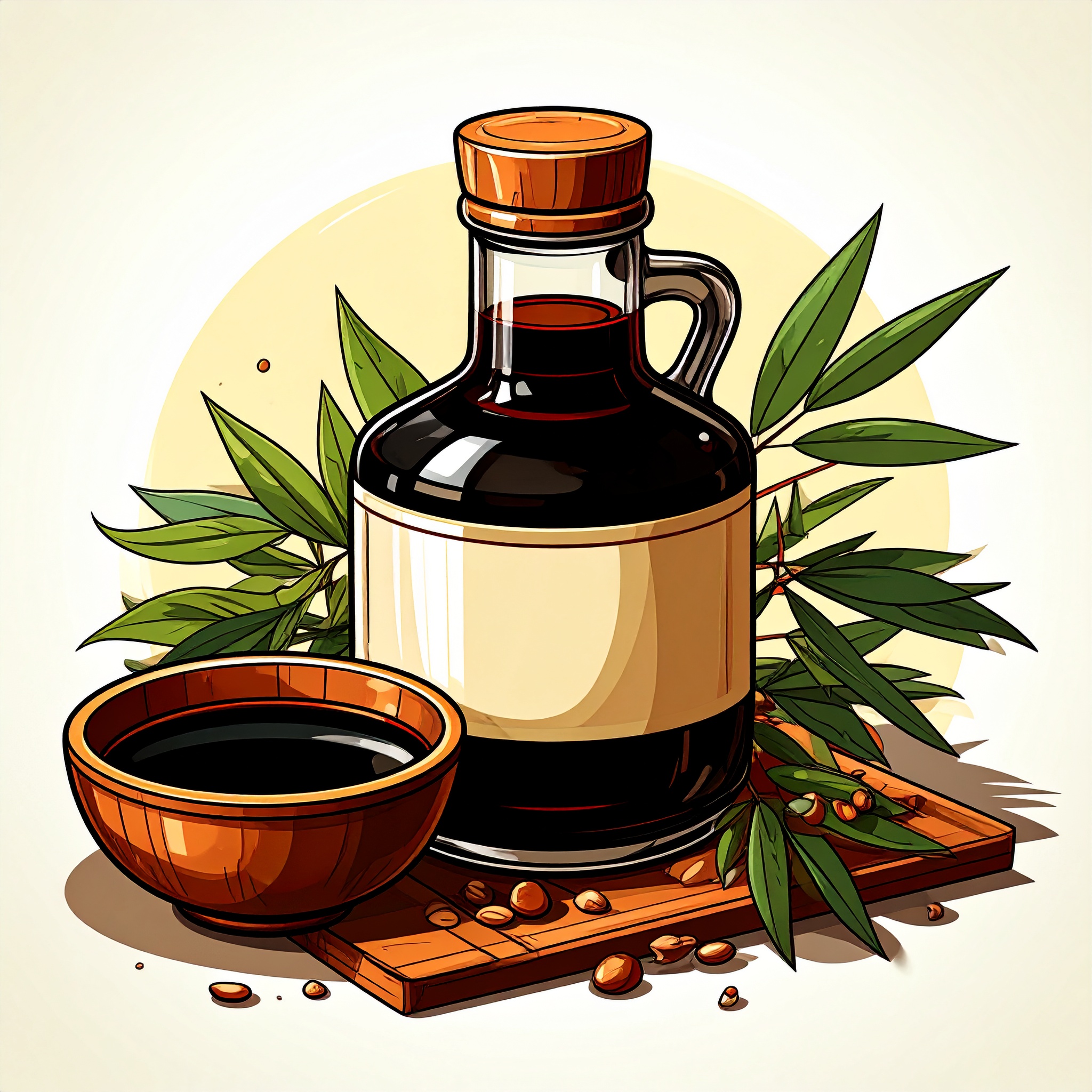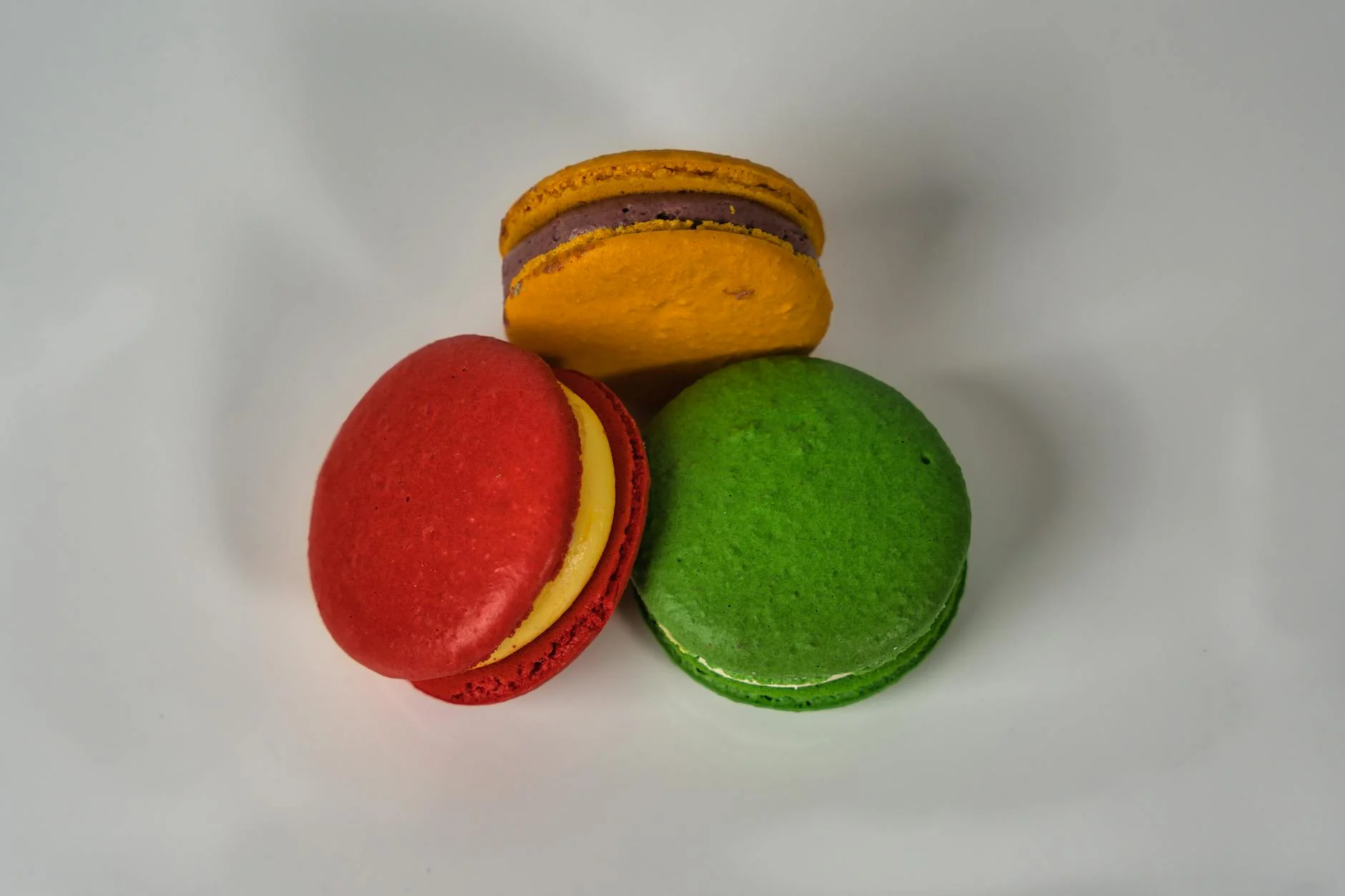Today, ramen continues to transform alongside the spirit of the times. The rising emphasis on wellness and ingredient integrity has brought two key trends into focus: “no-chemical seasoning” (muka-chō) and “aged soy sauce.” Having moved beyond the era when intense umami was king, what people now seek is a flavor that is gentle, yet deep.
What is “No‑Chemical Seasoning”?
This isn’t just a health trend—it’s rooted in a profound respect for the natural flavor of ingredients. Chefs create broths without using synthetic flavor enhancers like monosodium glutamate. Instead, they slowly extract umami from kelp, dried shiitake, and niboshi, producing a refined broth that is both light on the palate and the body. The true proof of its craftsmanship lies in a soup you can comfortably drink to the last drop.
The Profound Depth of Aged Soy Sauce
Central to ramen’s character is the tare (or kaeshi), the seasoning foundation of the broth. Among its components, aged soy sauce stands out. Through months or years spent maturing in traditional wooden barrels, its amino acids subtly break down, emerging in a harmonious blend of sweetness, acidity, and rich umami.
This carefully aged soy sauce develops an elegant aroma and a mellow hue. The moment it mingles with the broth—whether animal-based or seafood—the flavor unfurls in layered complexity, elevating the entire bowl to new heights.
Healthy Doesn’t Mean Bland–A New Era of Ramen
Not so long ago, muka-chō (no chemical seasoning) in ramen was often perceived as “weak” or “lacking.” But with modern techniques in heat control, broth preparation, and the use of fermented seasonings, a new category has emerged—“deep yet light” flavor profiles that satisfy without overwhelming.
Moreover, today’s culinary aficionados and upscale visitors increasingly seek dishes with a story behind them—they connect with the artisan’s careful subtraction, the philosophy of eliminating the unnecessary to let purity shine through.
Summary: Ramen as “Gentle Indulgence”
No chemical seasoning and aged soy sauce are not mere trends—they are symbols of “future-style ramen” that nurtures both body and soul.
The fact that ramen can deliver profound umami and satisfaction without artificial additives speaks to the enduring strength of Japanese dashi and fermentation traditions.
Moving forward, ramen will evolve into a form of “gentle indulgence”—favoring harmony over stimulation, depth over intensity—for those who crave thoughtful luxury in every bowl.




